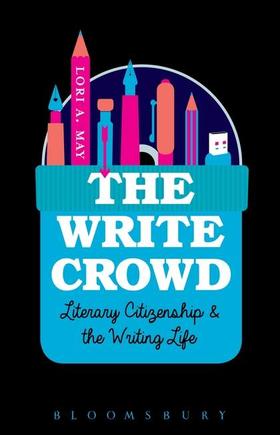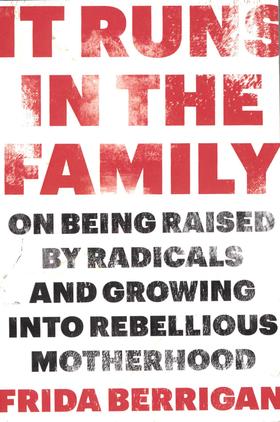by Zinta Aistars
for WMUK 102.1 FM
Between the Lines is my weekly radio show about books and writers with a Michigan connection. It airs every Tuesday at 7:50 a.m., 11:55 a.m., and 4:20 p.m., on WMUK 102.1 FM, southwest Michigan's NPR affiliate. I am the host of Between the Lines.
This week's guest: Jerry Dennis.
Dissatisfaction can lead to positive change. When Michigan nature writer Jerry Dennis became frustrated with online bookseller Amazon over its treatment of authors, he sat down with his wife, graphic designer Gail Dennis, and artist Glenn Wolff, to brainstorm.
“We hate bullies,” Dennis writes in his blog. “I was one of 600 authors who signed a full-page letter in the New York Times protesting Amazon’s strong-arm business tactics. As a Macmillan author, I had watched the buy buttons on four of my books, and every other Macmillan title, disappear from Amazon’s website in 2010, when the publisher refused to buckle in to Amazon’s unreasonable price demands. Not long after that, Amazon put a stranglehold on small literary publisher Melville House and nearly drove the house out of business. They used the same tactic this year against the large publishing group Hachette. Jeff Bezos’ oft-quoted statement ‘that Amazon should approach small publishers the way a cheetah would pursue a sickly gazelle’ sends shivers down our spines. Maybe publishing a book or two a year that the Bully can’t touch will be satisfying, like slinging pebbles at his forehead.”
The result was Big Maple Press, named after a tree on the Dennis property and devoted to selling books only through independent booksellers. The press opened its doors in 2014 and has thus far printed or reprinted special editions of several of his books, including The Bird in the Waterfall: Exploring the Amazing World of Water, originally published by HarperCollins.
Dennis says being a nature writer goes hand-in-hand with being an environmentalist. Although he also writes poetry and fiction, Dennis is most comfortable writing nonfiction on environmental themes.
He was chosen as Kalamazoo Public Library’s 2015 Reading Together author for his memoir The Living Great Lakes: Searching for the Heart of the Inland Seas about a six-week journey through all five Great Lakes as a crew member aboard a schooner. It is also a discussion of Michigan’s use—and misuse —of its water resources. Dennis will ...
READ THE COMPLETE ARTICLE AT WMUK.
LISTEN TO THE INTERVIEW AS IT AIRS ON WMUK. (8:25)
LISTEN TO THE COMPLETE INTERVIEW. (20:55)
BROWSE OTHER BETWEEN THE LINE INTERVIEWS.
Philip Levine, the most recent poet laureate, was born in Detroit. Some of his most famous poems are about his time working for General Motors, a job he says he didn't like very much.
Levine recently ended his term as the 18th U.S. poet laureate. He says the poet laureate position is honorary. Levine says many people think he has to help them with their poetry, but he was not obligated to do so because he did not actually work for the U.S. government. Poet laureates are appointed by the Library of Congress, but have few, if any, obligations in that position.
Many poet laureates have chosen to do a project, but Levine says he was more interested in reading to groups like labor unions and OSHA (Occupational Health and Safety Administration). Levine says he didn’t have a project, but he did ask poets he knew to send him the ‘ugliest poems,’ which he put into an anthology. Levine tried to get the Library of Congress to publish it, but they said they would do nothing of the kind.
To find out more about poet laureate Philip Levine and his work, and to read the complete article at WMUK, click the play button to hear his interview with WMUK’s Zinta Aistars.













